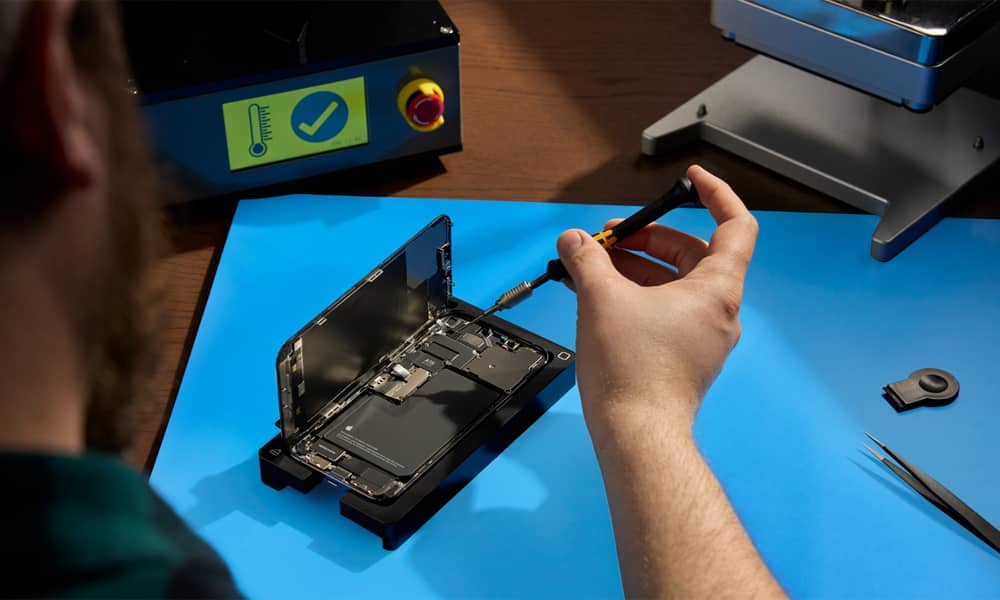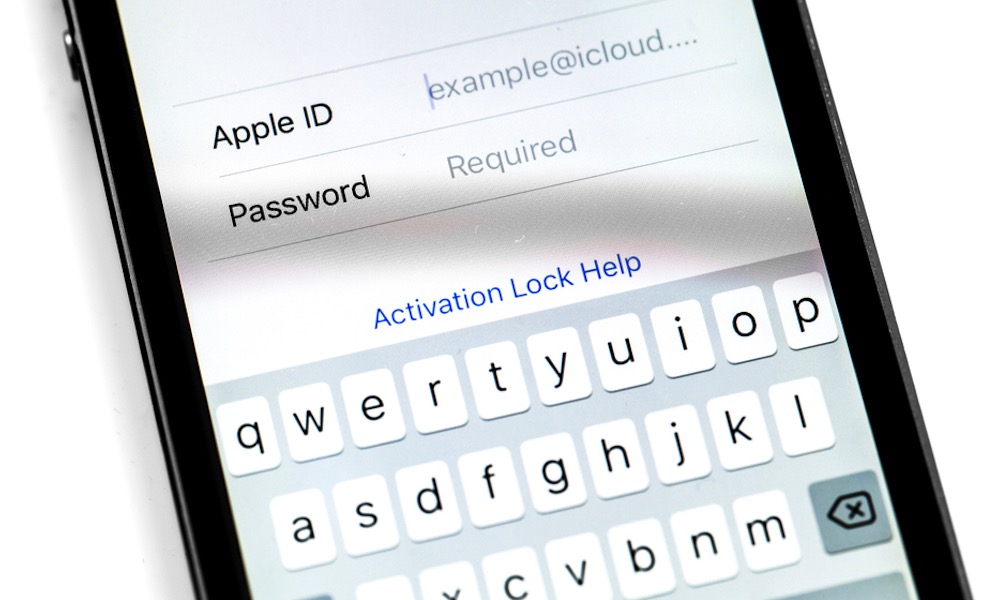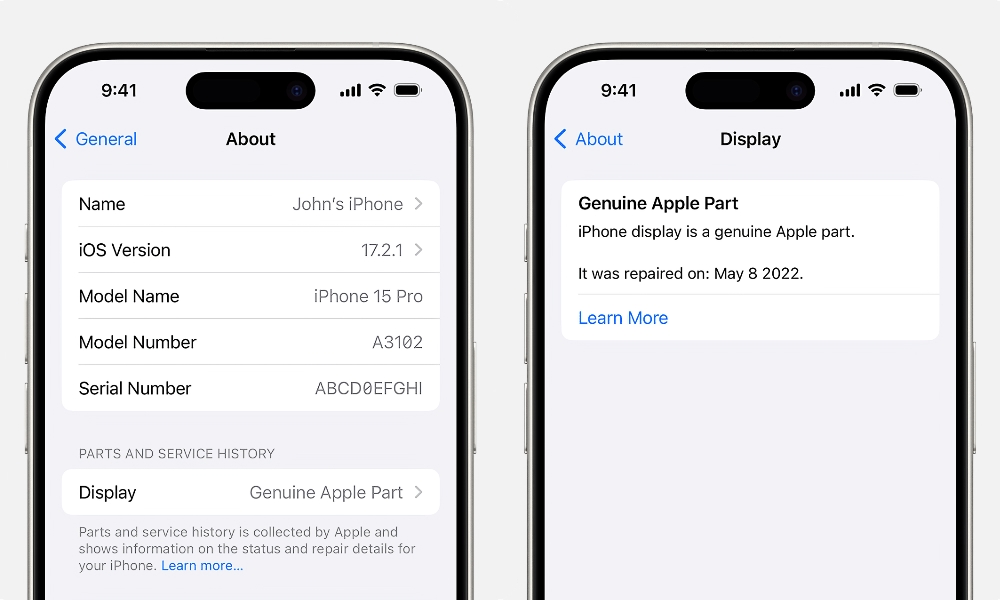Authorized iPhone Repairs May Soon Be More Affordable
 Credit: Apple
Credit: Apple
Toggle Dark Mode
One of the things that’s traditionally made iPhone repairs so expensive, at least at official Apple service providers, is the company’s insistence that only genuine and new parts be used in conducting repairs. However, the second part of that may soon change.
Apple is opening the door to allow repair centers to use at least some used parts when replacing iPhone components such as displays and batteries. The only catch is that those still have to be genuine used parts, which typically means that they’ve been salvaged from another iPhone.
The policy is also pretty limited for now, as only the iPhone 15 lineup will be eligible for repairs using parts that aren’t fresh out of the box. It’s unclear if that’s just Apple taking baby steps into adopting the new policy, but there could also be something special about the part used in Apple’s latest iPhone models.
Enforcing ‘Genuine’ Parts
One key factor is that Apple isn’t abandoning its well-known (and oft-criticized) pairing and calibration procedures for replacement components. Swapping in a new battery, screen, or camera system requires that the person doing the repair — either an authorized service technician or a do-it-yourselfer using Apple’s Self-Serve Repair program — undergo a pairing process to link up the new part. Skipping that process may result in anything from minor compatibility problems to seeing features like Face ID and Touch ID disabled entirely for security reasons.
However, Apple’s pairing process is about more than just making sure everything works properly. It also helps to enforce the use of genuine Apple parts, and, contrary to some cynical perspectives, that’s not just about protecting Apple’s bottom line. It also helps to reduce the value of selling stolen iPhones for parts.
After all, Apple’s Activation Lock already renders most stolen iPhones virtually useless. Some thieves will try to use social engineering tactics to get the original owner to unlock their stolen iPhone, ranging from stealing a used iPhone at the time of sale to employing scare tactics to suggest that a person’s private information may be at risk unless they remotely wipe their iPhone and remove it from the Find My portal (which, in turn, disables the Activation Lock).
However, when these techniques fail, crooks are left with few options but to sell off their ill-gotten goods for parts. There are enough unscrupulous repair centers who are happy to pick those up so they can offer screen and battery replacements at a significant discount. Customers who opt for these repairs may miss out on features like Battery Health and face repeated “non-genuine parts” warnings. Still, many consider that a small price to pay for the money they’ll save compared to visiting an Apple Store or Authorized Apple Service Provider (AASP).
Activation Lock for Parts
This is likely why Apple has been so hesitant to allow second-hand parts to be used for repairs. The only place a second-hand part is likely to come from is another iPhone, and there’s a good chance that could be a stolen iPhone.
That’s not to say there aren’t used iPhones that can serve as legitimate sources of parts. An iPhone with a dead logic board may not be worth repairing, yet it could have a perfectly usable battery and display that can be given a new life in another iPhone.
What’s likely unique about the iPhone 15 is that Apple has now figured out a way to extend its Activation Lock feature to individual components. This means that if a part is salvaged from an iPhone that still had Activation Lock active, the part itself will be locked and unusable on another iPhone.
Apple will also extend its popular Activation Lock feature to iPhone parts in order to deter stolen iPhones from being disassembled for parts. Requested by customers and law enforcement officials, the feature was designed to limit iPhone theft by blocking a lost or stolen iPhone from being reactivated. If a device under repair detects that a supported part was obtained from another device with Activation Lock or Lost Mode enabled, calibration capabilities for that part will be restricted.Apple
When an iPhone running iOS 15.2 or later has been repaired, users can also see a Parts and Service History section in the Settings app under General > About. Depending on the iPhone model, this will show if the battery, display, or camera system has been replaced and more information about the parts used.
Starting this fall, Apple says that the Parts and Service History will also begin showing whether the part being used is a new or used genuine Apple part.
Apple is also loosening some of its other restrictions when it comes to replacement parts, making it easier for repair centers and DIYers alike to get up and running quickly when swapping in a new screen or battery. Starting this fall, calibration for genuine Apple parts will happen on-device after the part is installed, and future iPhone releases will even be able to support used biometric sensors for Face ID and Touch ID. Customers and service providers will also no longer need to provide a device’s serial number when ordering parts from the Self Service Repair Store unless they’re replacing the logic board.










